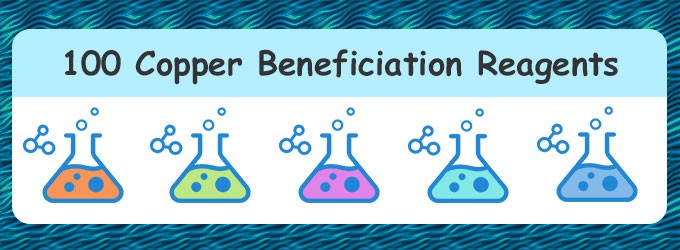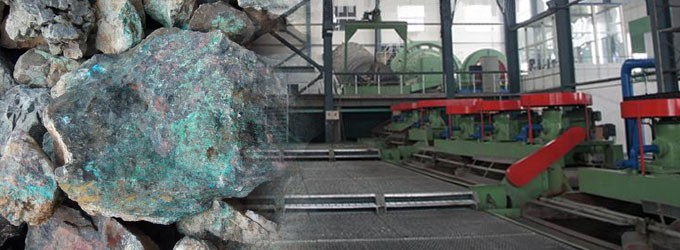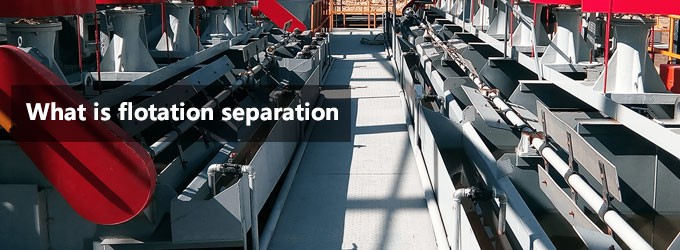This blog provides an in-depth study of the flotation process of chalcopyrite to help you obtain the optimal grade and recovery.
Mineral characteristics and flotation characteristics of chalcopyrite
1. Mineral characteristics of chalcopyrite
There are more than 280 kinds of copper-bearing minerals found in nature, mainly chalcopyrite, chalcocite and bornite, of which chalcopyrite accounts for about 70%.
Chalcopyrite is a copper iron sulfide mineral and the most abundant copper ore mineral found in a wide range of hydrothermal environments. It is often associated with sphalerite and galena. It oxidizes to form copper minerals such as malachite, azurite, cuprite and tenorite.
Chalcopyrite is a copper iron sulfide mineral and the most abundant copper ore mineral.
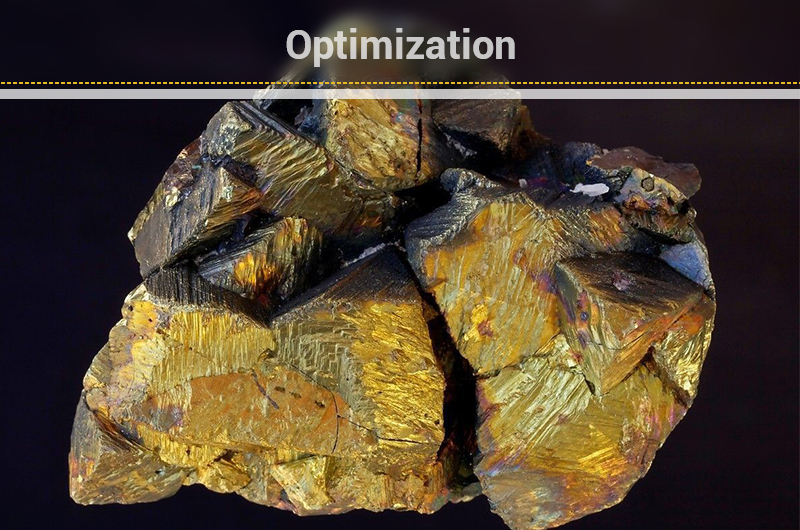
- Chemical formula: CuFeS2
- Chalcopyrite crystal: It crystallizes in the tetragonal crystal system. It is often dense massive or granular.
- Chalcopyrite color: Brassy to golden yellow
- Chalcopyrite hardness: 3.5 to 4 on the Mohs scale. Softer than pyrite and can be scratched with a knife.
- Chalcopyrite Streak: Diagnostic as green-tinged black
- Other properties: Good electronic conductivity to enhance its floatability; weak paramagnetic properties; similar appearance to pyrite and gold ore.
Chalcopyrite occurs in most sulfide deposits throughout the world, such as Río Tinto in Spain, Ani in Japan, Butte in Montana and Joplin in Mozambique. The world's leading producer of copper is Chile, followed by the U.S. and Peru.
Since low-grade chalcopyrite is often associated with molybdenum, gold, silver and other rare precious metals, flotation recovery is difficult.
2. Flotation characteristics of chalcopyrite
Chalcopyrite is one of the minerals with good self-induced flotation and collector-induced floatability in nature. It has good hydrophobicity in weak alkaline and neutral environments, but will form hydrogen bonds with water in high alkaline environments, thereby reducing its flotationability.
Ftmmachinery found that chalcopyrite exhibits natural flotation in oxidizing environments. The ball mill that is full of steel grinding balls can produce a strong reducing environment to affect its flotation performance. The addition of oxidants or contact with air can restore its flotation performance.
Flotation process of chalcopyrite
The current industrial application flotation process of chalcopyrite includes mixed flotation, full priority flotation, partial priority-mixed flotation and equal flotation.
When using flotation reagents, special attention should be paid to the collectors. The collectors include xanthates and their derivatives, black agents and their derivatives, sulfur and nitrogen collector, sulfhydryl compounds, etc. Experiments have shown that the combination of 90% ethylxanthate and 10% 2-ethyl-dithiophosphate can achieve the highest copper recovery and copper concentrate grade.
1. Mixed flotation process
The mixed flotation process first floats chalcopyrite and other useful minerals and then uses the process of preferential copper floating and suppressing other minerals to obtain qualified copper concentrate.
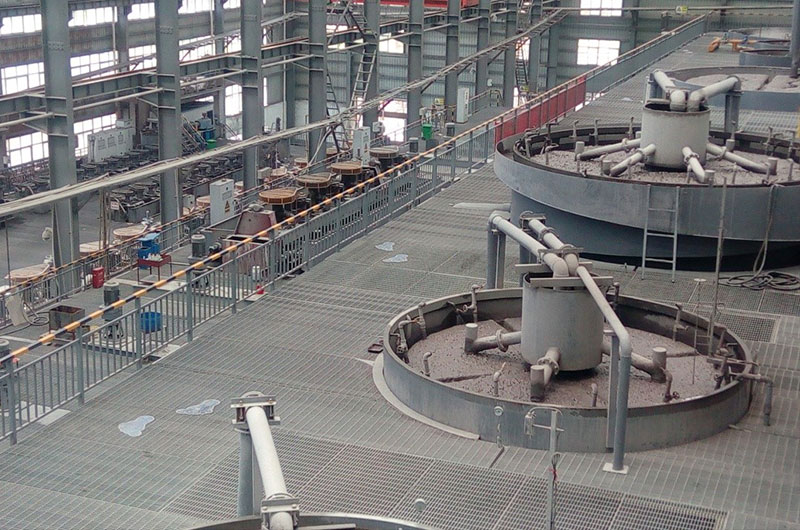
The process is suitable for processing ores with low raw ore grades and simple ore properties. It has the advantages of saving grinding costs, flotation chemicals and flotation equipment. However, this process has difficulty in the separation between useful minerals and has low concentrate grade.
A copper and molybdenum sulfide ore plant in the United States used a ball-milled mixed flotation process. This plant obtained 19.23% copper grade with 85.5% recovery rate and 48.53% molybdenum grade with 90.96% recovery rate.
2. Full priority flotation process
There are two forms of full priority flotation process:- One is to inhibit associated minerals such as pyrite by adding inhibitors such as lime. This process can achieve a good flotation effect, but it requires a large amount of lime consumption and also reduces the grade of copper concentrate and the recovery of copper and associated rare precious metals such as Au, Ag, and Mo.
- Another approach is to float chalcopyrite under neutral to weakly alkaline conditions using agents that are highly selective for chalcopyrite.
This process is suitable for processing ores with simple composition, few recoverable useful minerals, large differences in flotation between useful minerals, or minerals symbiotic with chalcopyrite that can be well suppressed without significant effect on the flotation of chalcopyrite.
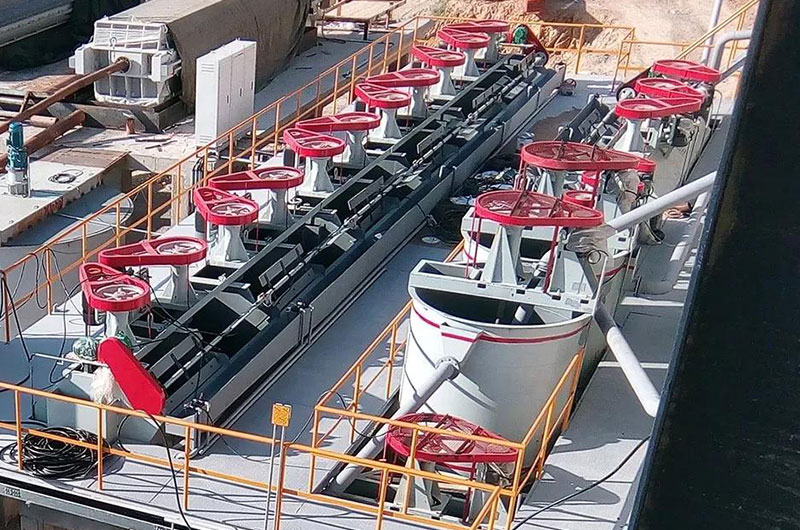
The copper-molybdenum plant in Nigeria preferentially used this process to give priority to obtaining a copper-molybdenum mixed concentrate and suppressing pyrite. The grade and copper recovery rate of the obtained copper concentrate were 24. 32% and 96.77%. The recoveries of molybdenum, gold and silver were 81.04%, 82.00% and 84.03%. The flotation index was ideal, the process is simple and had the advantages of simple process flow and no need for regrinding of crude concentrate.
3. Partial priority - mixed flotation process
The partial priority - mixed flotation process is to quickly float the easy-to-flotation copper ores, followed by mixed flotation of a mixed concentrate of copper and other useful minerals, and then carry out the flotation separation of the mixed concentrate, and finally combine or treat the copper concentrate separately.
This process can reduce the amount of floatation reagents and improve the flotation index. However, it needs more flotation separators.
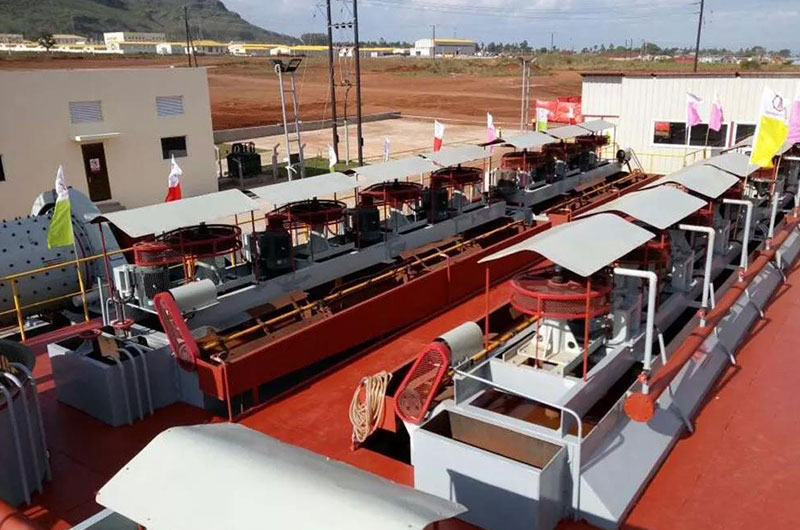
This flotation process is used at a copper-molybdenum plant in Chile. MC-103 was first used to flotation copper-molybdenum ore, and then the chemical agent with strong recovery ability was used to float copper-molybdenum ore that was difficult to float. The whole flotation process increased the molybdenum grade and recovery rate to 48.83% and 90.60%, solving the problem of low molybdenum recovery and high cost.
4. Equal flotation process
The equal flotation process can process polymetallic ores, and one mineral in the ore has good floatability. Other ores can be divided into easy flotation and difficult flotation.
This flotation process can obtain good specifications. It does not require the addition of regulators, inhibitors and activators, which maintains the natural floatability of minerals, allows for less chemical use and simplifies the flotation equipment.
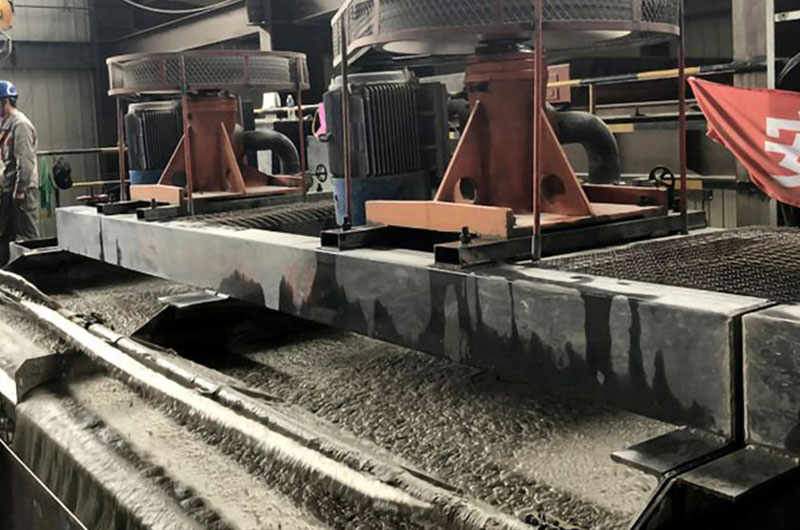
Ftmmachinery conducted flotation experiments on a plant in Peru. The mineral was a polymetallic copper, molybdenum, cobalt and iron ore with chalcopyrite as the main copper mineral. By using the equal flotation process, the copper-molybdenum mixed concentrate is first floated, and then the cobalt concentrate and iron concentrate are floated from the tailings, which finally obtained high grade and high recovery of copper, molybdenum, cobalt and iron.
You may be interested in:- How to Process Copper Ore?
- How to Process Molybdenum?
- Cobalt Extraction Process
- How to Process Iron Ore?
Conclusion
In the actual production process, chalcopyrite ores are produced using a combination of flotation processes, such as the partial priority - mixed flotation. The flotation process is according to the difficulty of flotation of beneficial minerals in the ore so that a separate qualified concentrate can be obtained. This process typically results in higher concentrate grades and recovery of associated rare precious metals in the mineral.


